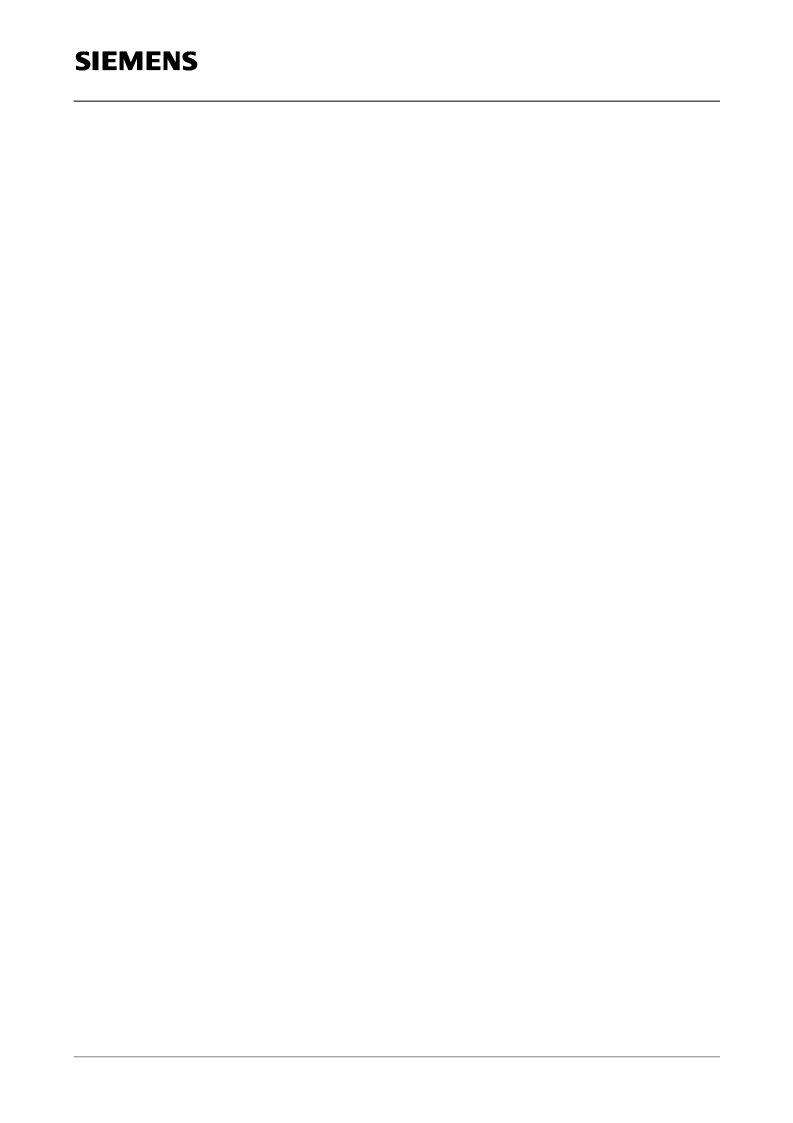- 您現(xiàn)在的位置:買賣IC網(wǎng) > PDF目錄382960 > flas00xx (SIEMENS AG) MultiMediaCard(多媒體卡) PDF資料下載
參數(shù)資料
| 型號(hào): | flas00xx |
| 廠商: | SIEMENS AG |
| 英文描述: | MultiMediaCard(多媒體卡) |
| 中文描述: | 多媒體卡(多媒體卡) |
| 文件頁(yè)數(shù): | 38/79頁(yè) |
| 文件大?。?/td> | 516K |
| 代理商: | FLAS00XX |
第1頁(yè)第2頁(yè)第3頁(yè)第4頁(yè)第5頁(yè)第6頁(yè)第7頁(yè)第8頁(yè)第9頁(yè)第10頁(yè)第11頁(yè)第12頁(yè)第13頁(yè)第14頁(yè)第15頁(yè)第16頁(yè)第17頁(yè)第18頁(yè)第19頁(yè)第20頁(yè)第21頁(yè)第22頁(yè)第23頁(yè)第24頁(yè)第25頁(yè)第26頁(yè)第27頁(yè)第28頁(yè)第29頁(yè)第30頁(yè)第31頁(yè)第32頁(yè)第33頁(yè)第34頁(yè)第35頁(yè)第36頁(yè)第37頁(yè)當(dāng)前第38頁(yè)第39頁(yè)第40頁(yè)第41頁(yè)第42頁(yè)第43頁(yè)第44頁(yè)第45頁(yè)第46頁(yè)第47頁(yè)第48頁(yè)第49頁(yè)第50頁(yè)第51頁(yè)第52頁(yè)第53頁(yè)第54頁(yè)第55頁(yè)第56頁(yè)第57頁(yè)第58頁(yè)第59頁(yè)第60頁(yè)第61頁(yè)第62頁(yè)第63頁(yè)第64頁(yè)第65頁(yè)第66頁(yè)第67頁(yè)第68頁(yè)第69頁(yè)第70頁(yè)第71頁(yè)第72頁(yè)第73頁(yè)第74頁(yè)第75頁(yè)第76頁(yè)第77頁(yè)第78頁(yè)第79頁(yè)

MultiMediaCard Flash
Preliminary MultiMediaCard Product Manual;
1998 SANDISK CORPORATION
Page 38 of 79
The host issues SEND_CSD (CMD9) to obtain the Card Specific Data (CSD register), e.g.
ECC type, block length, card storage capacity, maximum clock rate, etc.
MultiMediaCards which already have an RCA do not respond to the identification
command flow in this state.
All data communication in the Data Transfer Mode is point-to point between the host and
the selected MultiMediaCard (using addressed commands). All addressed commands are
acknowledged with a response on the CMD line.
The relationship between the various data transfer modes is summarized in the card state
diagram Figure 5-2, and in the following paragraphs:
All data read commands can be aborted any time by the stop command (CMD12). The
data transfer will terminate and the MultiMediaCard will return to the Transfer State.
The read commands are stream read (CMD11), block read (CMD17), multiple block
read (CMD18) and send write protect (CMD30).
All data write commands can be aborted any time by the stop command (CMD12). The
write commands must be stopped prior to deselecting the MultiMediaCard by CMD7.
The write commands are: stream write (CMD20), block write (CMD24 and CMD25),
write CID (CMD26), and write CSD (CMD27).
If a stream write operation is stopped prior to reaching the block boundary and partial
blocks are allowed (as defined in the CSD), the part of the last block will be packed as
a partial block and programmed. If partial blocks are not allowed, the data will be
discarded.
As soon as the data transfer is completed, the MultiMediaCard will exit the data write
state and move either to the Programming State (transfer is successful) or Transfer
State (transfer failed).
If a block write operation is stopped and the block length and CRC of the last block are
valid, the data will be programmed.
If data transfer in stream write mode is stopped, not byte aligned, the bits of the
incomplete byte are ignored and not programmed.
The MultiMediaCard may provide buffering for stream and block write. This means that
the next block can be sent to the card while the previous is being programmed. If all
write buffers are full, and as long as the MultiMediaCard is in Programming State (see
MultiMediaCard state diagram Figure 5-2), the DAT line will be kept low.
There is no buffering option for write CSD, write CID, write protection and erase. This
means that while the MultiMediaCard is busy servicing any one of these commands, no
other data transfer commands will be accepted. DAT line will be kept low as long as the
MultiMediaCard is busy and in the Programming State.
Parameter set commands are not allowed while the MultiMediaCard is programming.
Parameter set commands are: set block length (CMD16), and erase tagging/untagging
(CMD32-37).
Read commands are not allowed while the MultiMediaCard is programming.
Moving another MultiMediaCard from Stand-by to Transfer State (using CMD7) will not
terminate a programming operation. The MultiMediaCard will switch to the Disconnect
State and will release the DAT line.
An MultiMediaCard can be reselected while in the Disconnect State, using CMD7. In
this case the MultiMediaCard will move to the Programming State and reactivate the
busy indication.
相關(guān)PDF資料 |
PDF描述 |
|---|---|
| FLC-453232-R56M | FLC-453232-R56M |
| FLEX405 | Fire Alarm Control Panel with built-in DACT and remote-site upload/download capability |
| FLI2300 | DIGITAL VIDEO FORMAT CONVERTER |
| FLI8532 | Single-Chip LCD TV Controller |
| FLI8538 | Single-Chip Enhanced LCD TV Controller |
相關(guān)代理商/技術(shù)參數(shù) |
參數(shù)描述 |
|---|---|
| FLASH | 制造商:未知廠家 制造商全稱:未知廠家 功能描述:Flash Memory Brochure |
| FLASH CARD-128 | 功能描述:存儲(chǔ)卡 128 MEG FLASH CARD RoHS:否 制造商:Olimex Ltd. 產(chǎn)品:SD 存儲(chǔ)容量: 連續(xù)讀取: 連續(xù)寫入: 有源模式電流: 工作電源電壓: 最大工作溫度: 尺寸: |
| FLASH CARD-512 | 功能描述:存儲(chǔ)卡 512 MB COMPACT FLASH CARD RoHS:否 制造商:Olimex Ltd. 產(chǎn)品:SD 存儲(chǔ)容量: 連續(xù)讀取: 連續(xù)寫入: 有源模式電流: 工作電源電壓: 最大工作溫度: 尺寸: |
| FLASH PRO 4 | 制造商:Microsemi Corporation 功能描述: |
| FLASH-150Z | 制造商:Amprobe Test Tools 功能描述:FLASHLIGHT - 2 AA BATTERIES W/ ZOOM ;ROHS COMPLIANT: NA |
發(fā)布緊急采購(gòu),3分鐘左右您將得到回復(fù)。